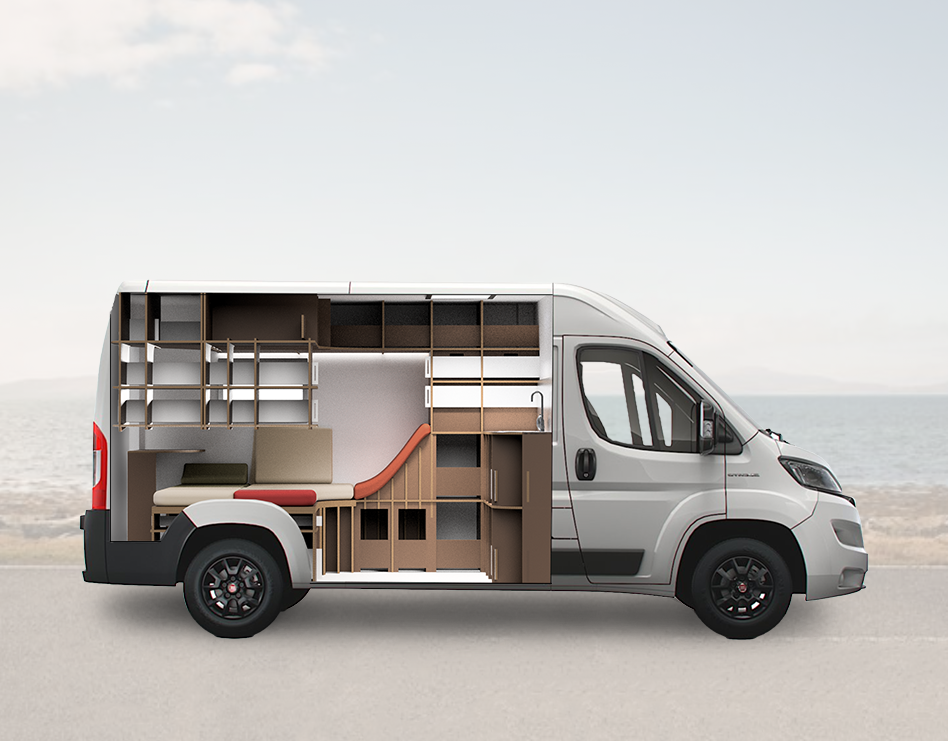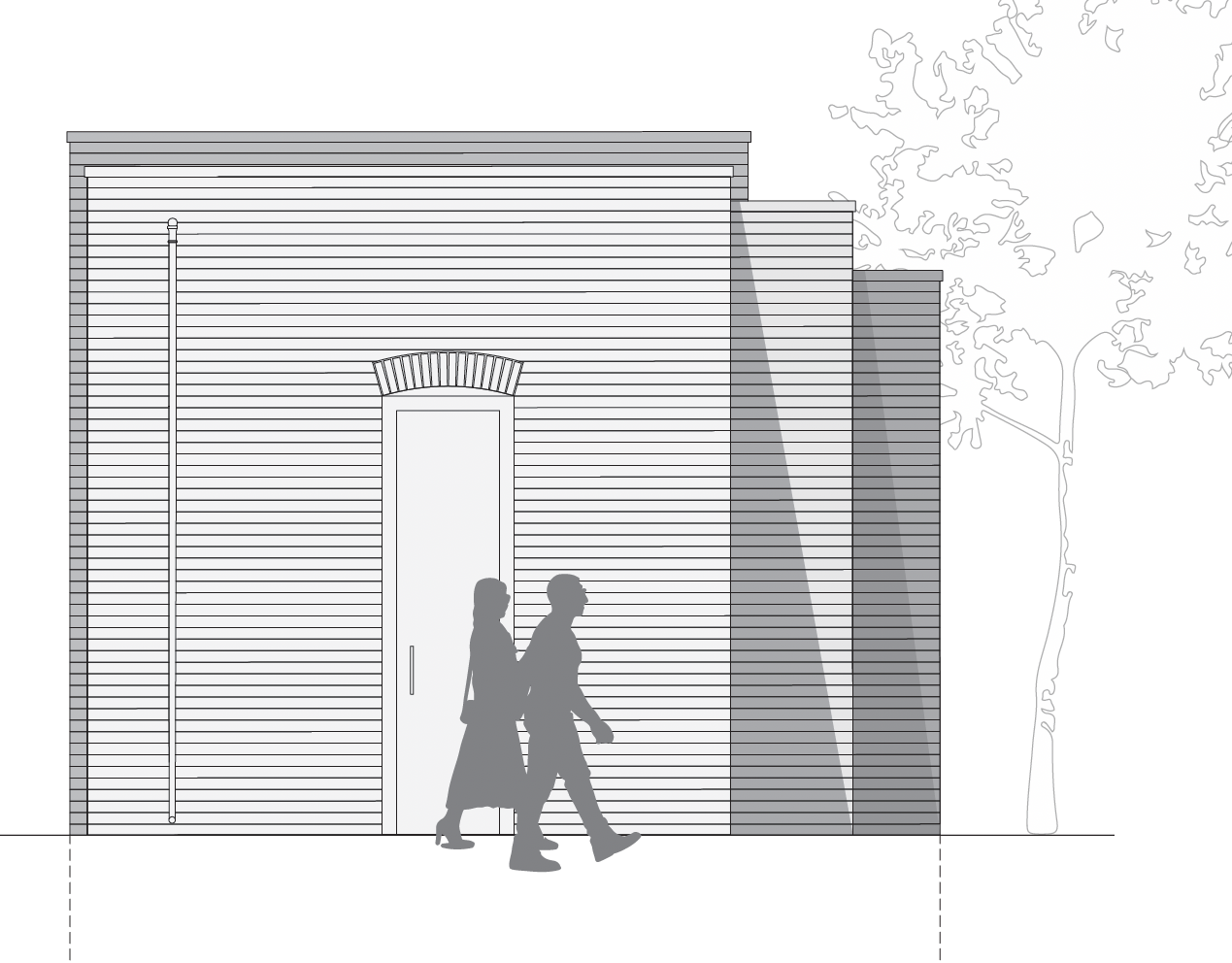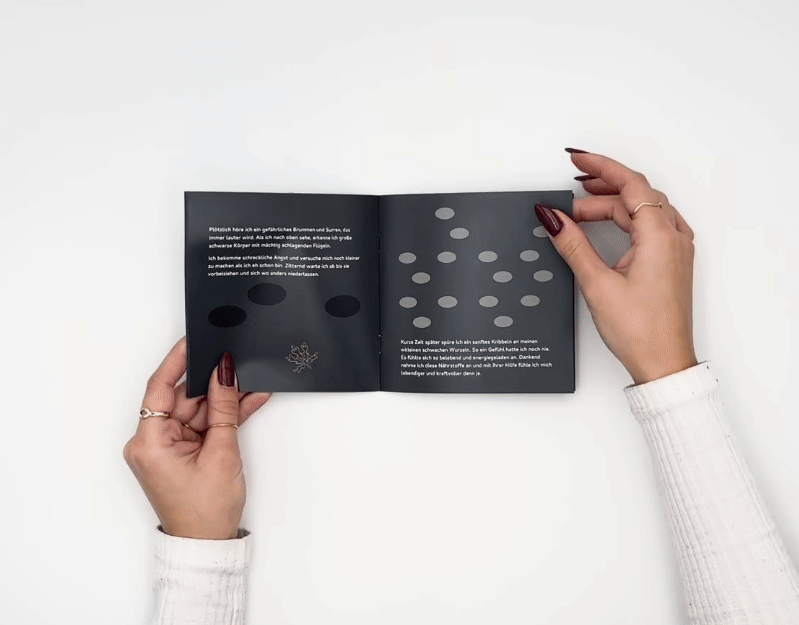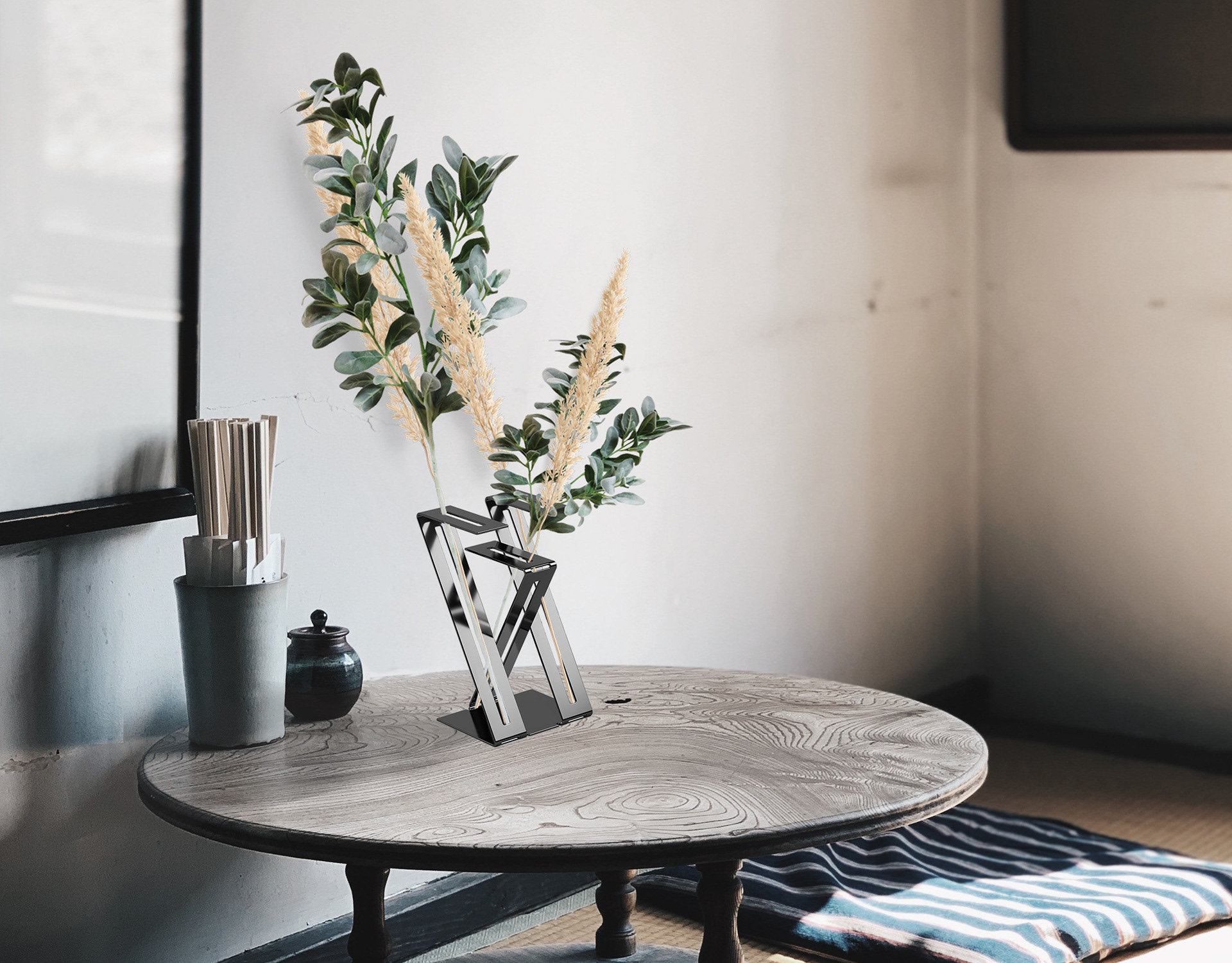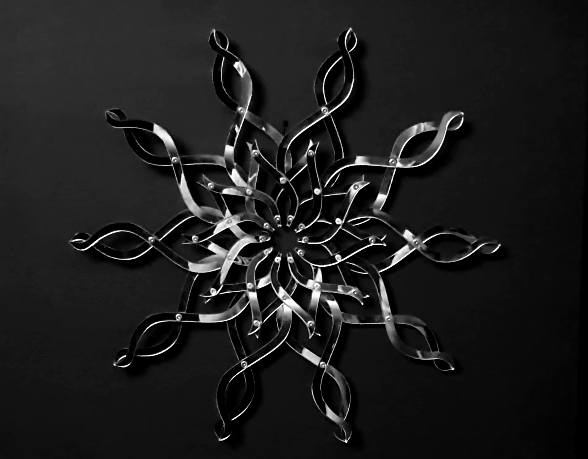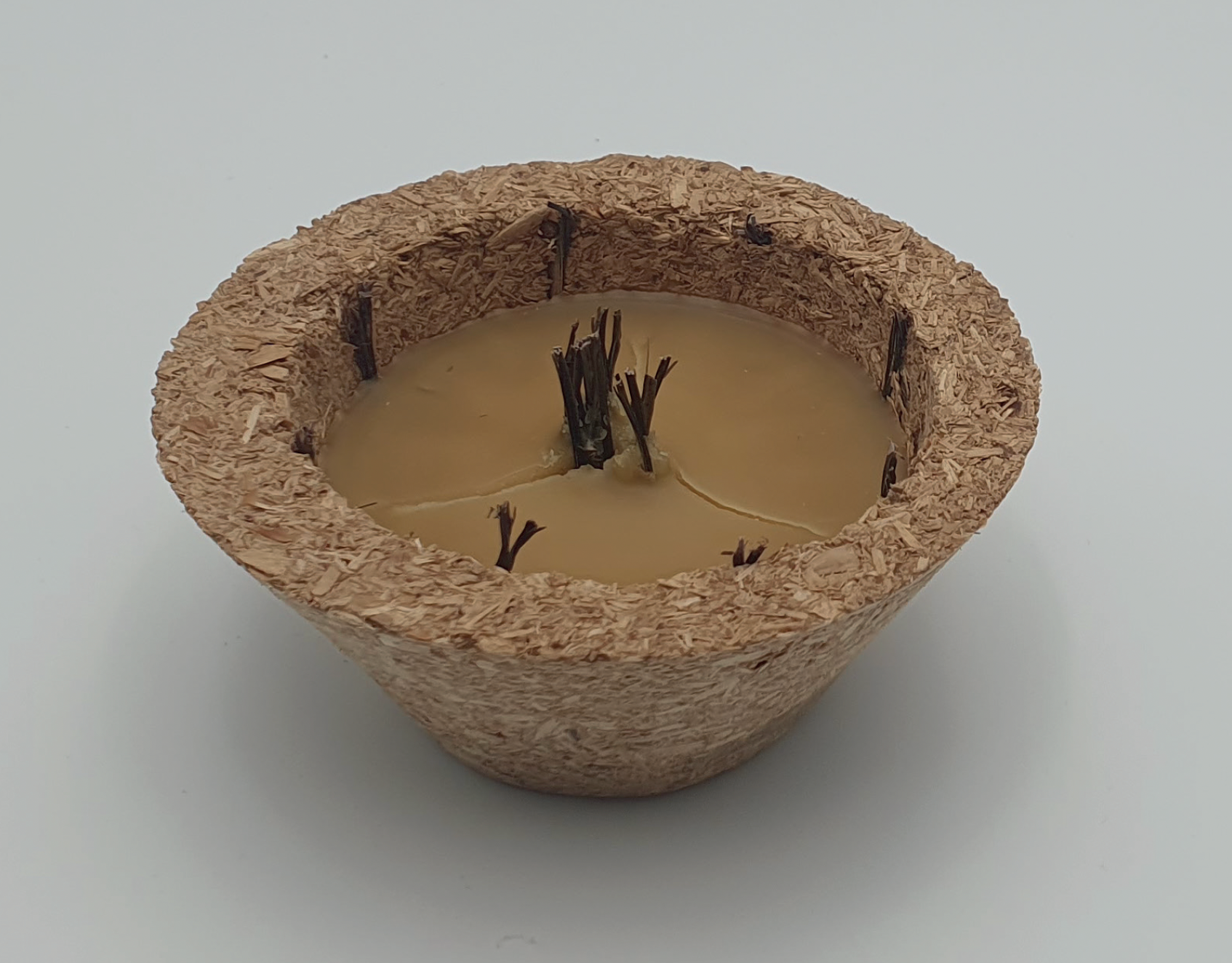KEY FACTS
- Experimental design and sharpening and sensitizing the senses
- Focus on clear form, not overloaded
- Dynamic shape similar to a breaking wave with a tip
- Concave volume for center of gravity and lightness
- Floating movement, axial symmetry, calm energy
- Focus on clear form, not overloaded
- Dynamic shape similar to a breaking wave with a tip
- Concave volume for center of gravity and lightness
- Floating movement, axial symmetry, calm energy
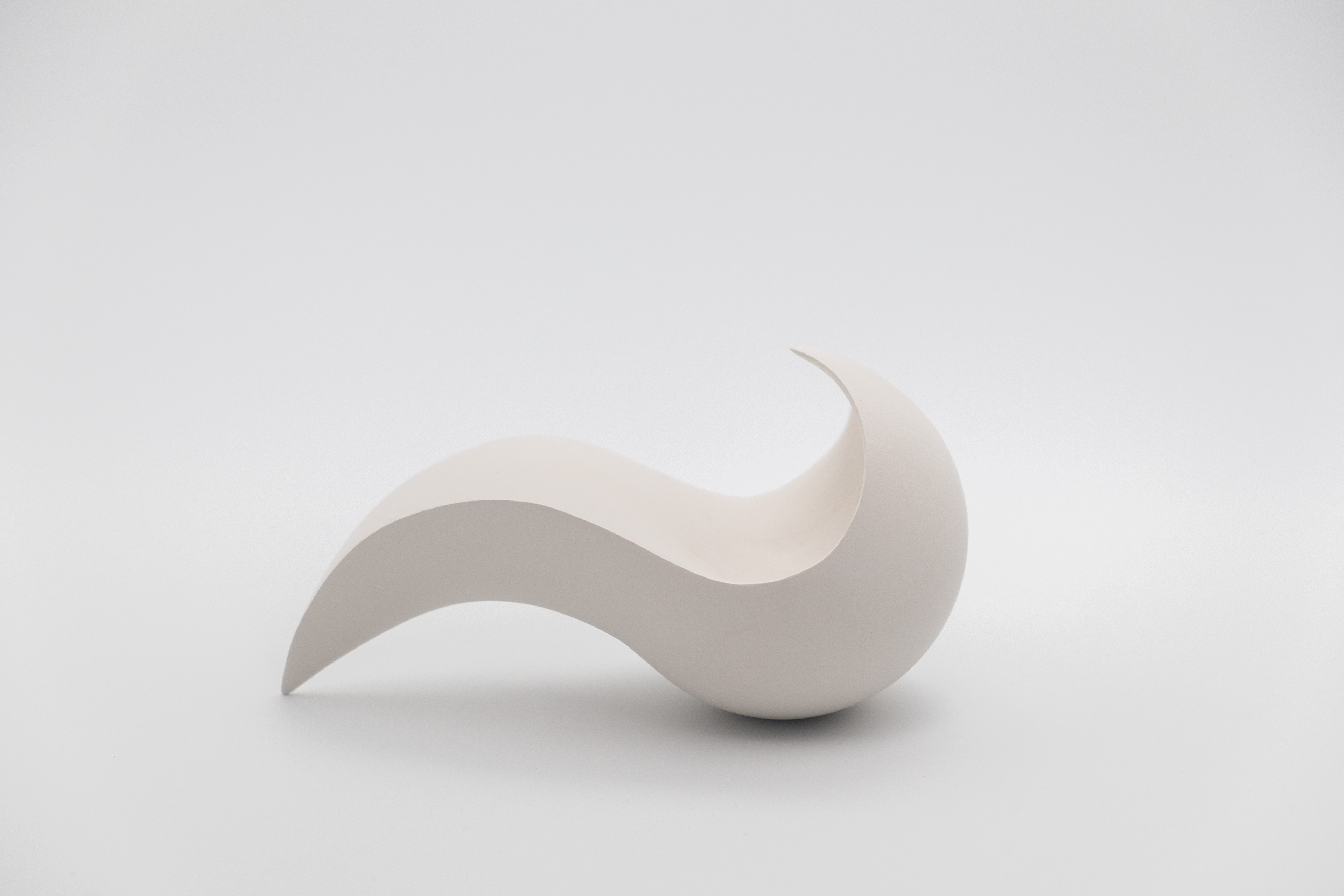
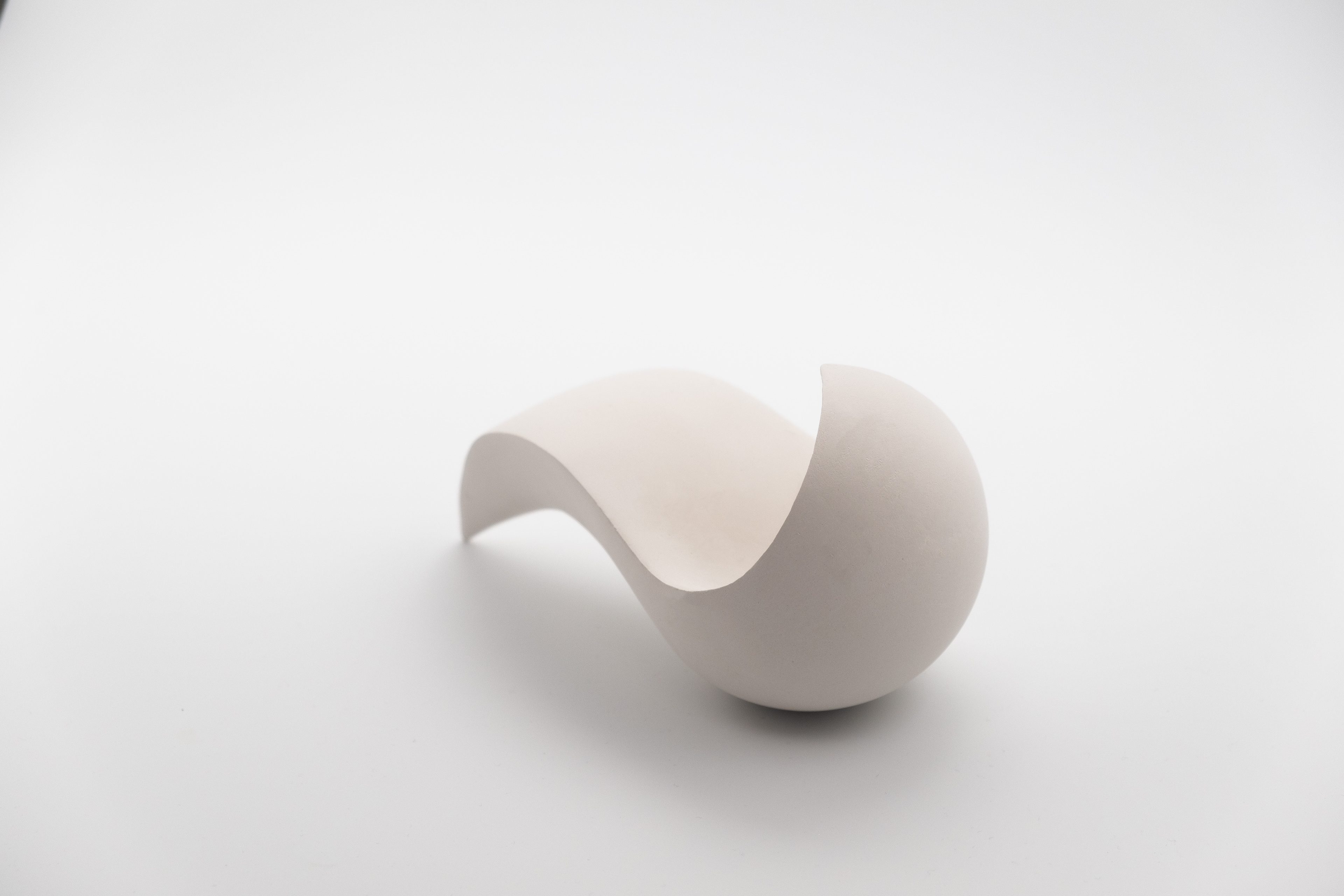
DESCRIPTION
A three-dimensional plaster sculpture was developed, using earlier models as inspiration. The aim was to develop an understanding of closed bodies and the interplay of volumes, surfaces, corners and edges. The plaster sculpture was ultimately created using various sketches, paper and clay models.
The shape of the plaster body is reminiscent of a breaking wave, with two edges running from a gentle high point of the form to a dynamic peak. The dominant volume in the form of a concave hemisphere gives the body a center of gravity and a grounding effect, while a curve creates a balancing lightness.
The convex shape and the narrow tip, which is the only contact with the ground, make the movement appear to float. When viewed from above, an axial symmetry is created by the line of the tips and the evenly swinging edges, making the actually energetic movement appear modest and calm.
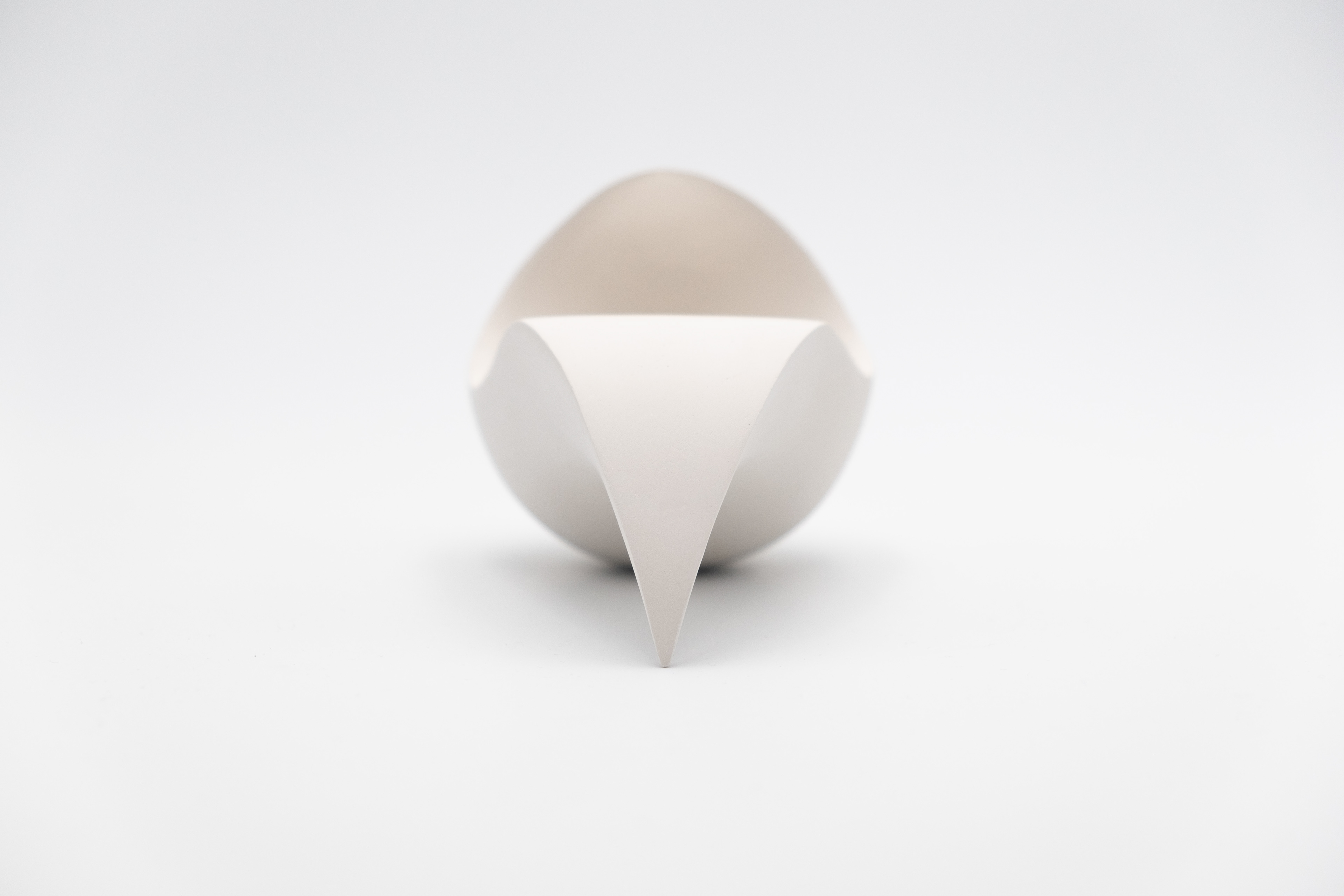
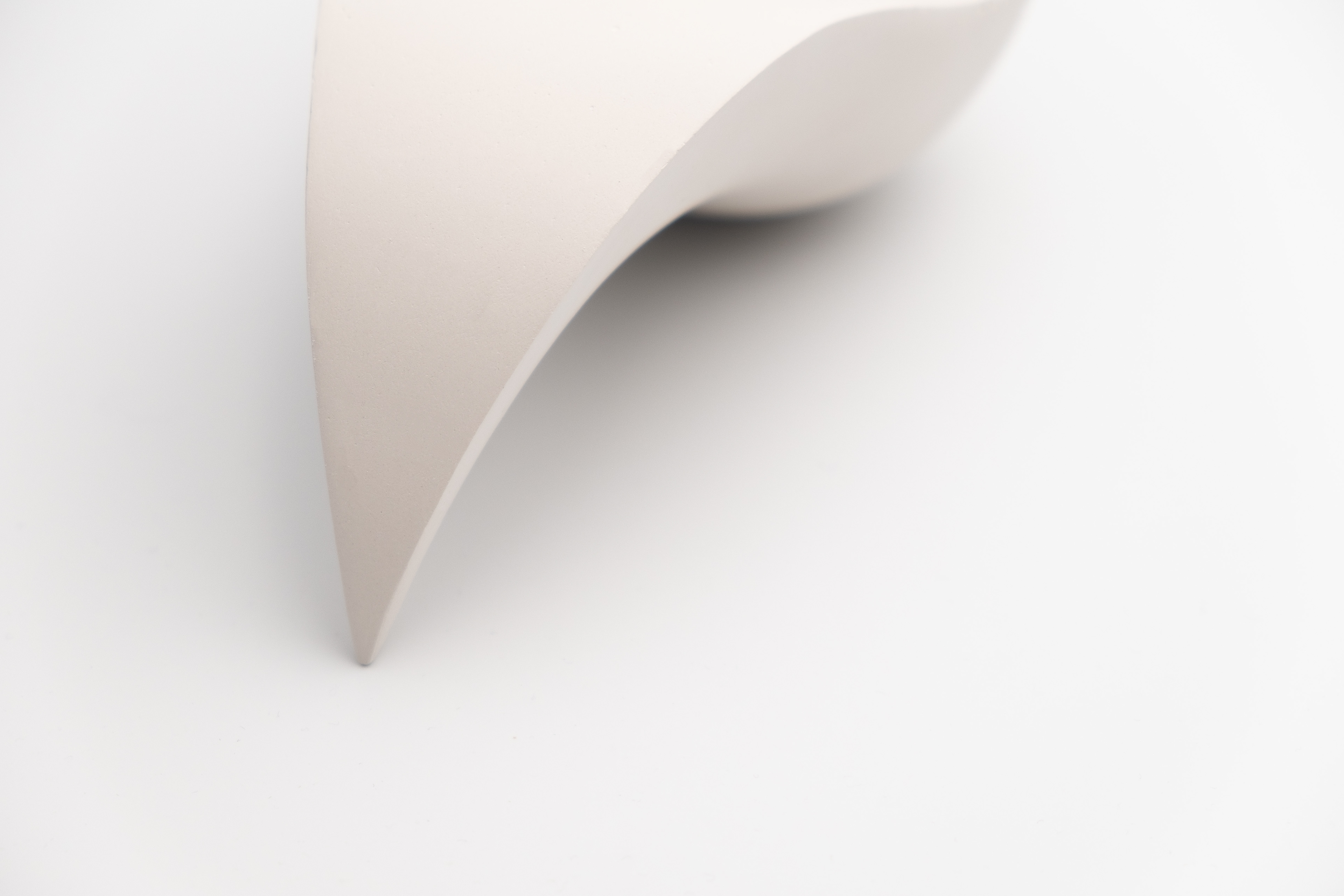
PROCESS
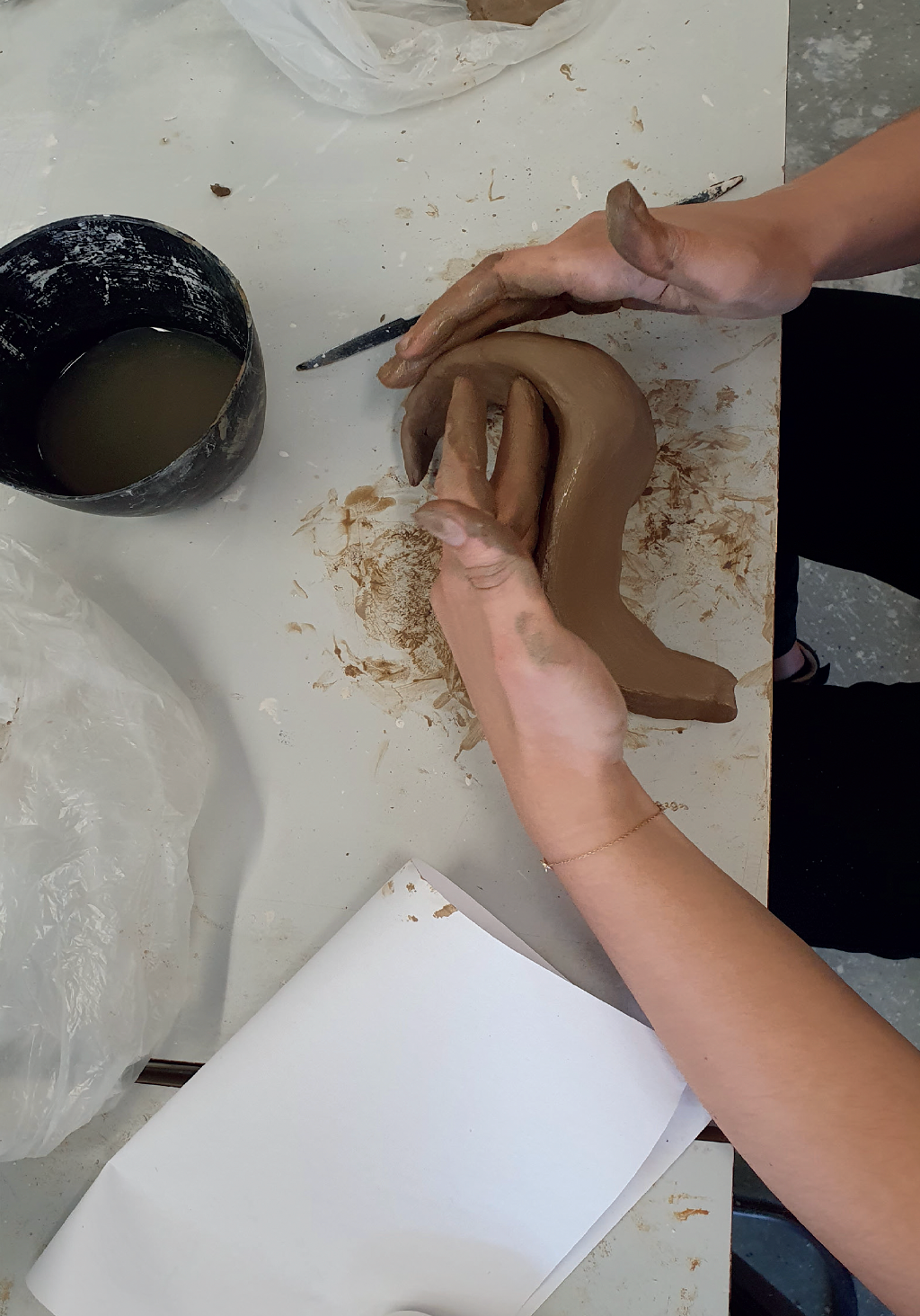
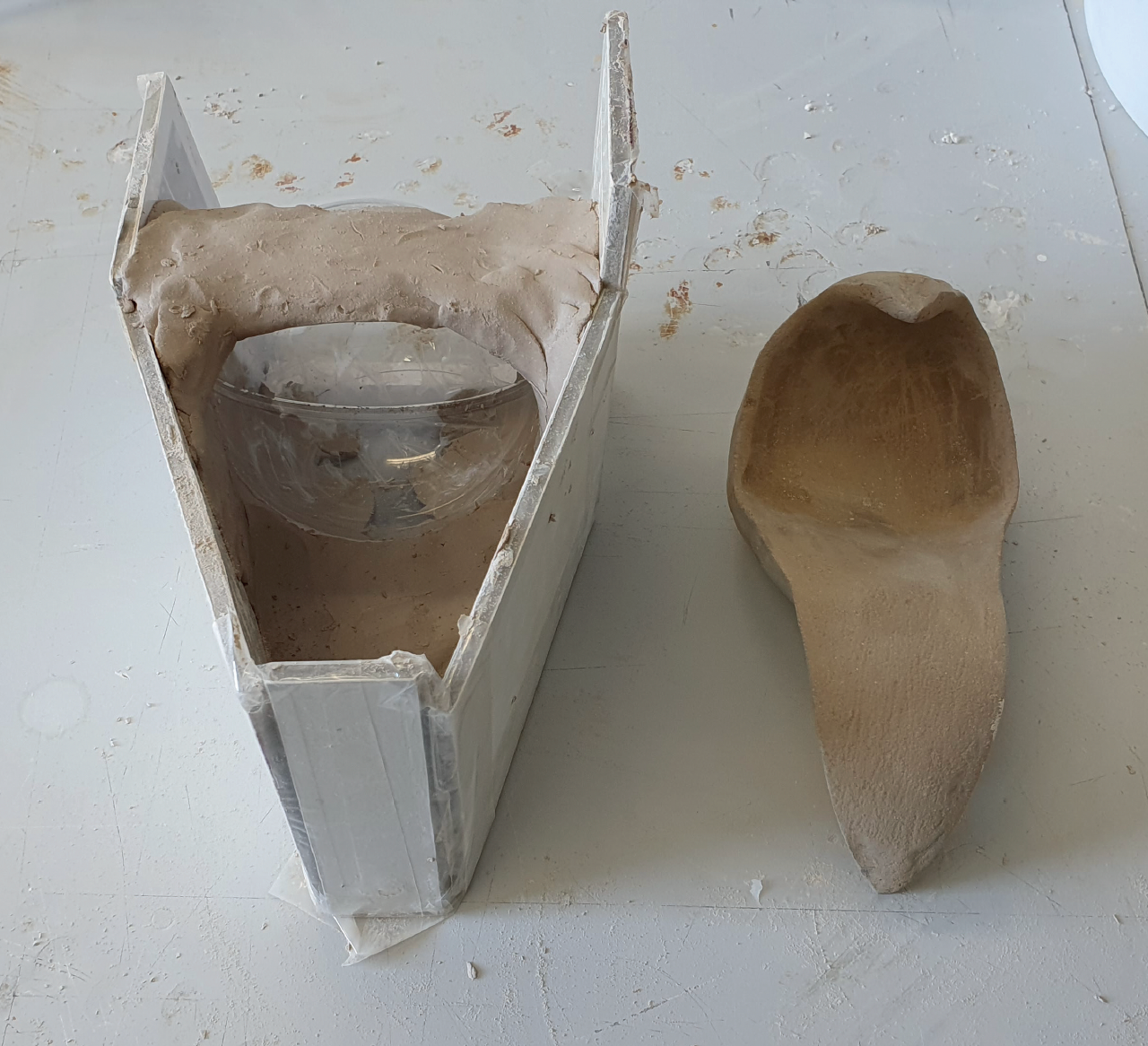
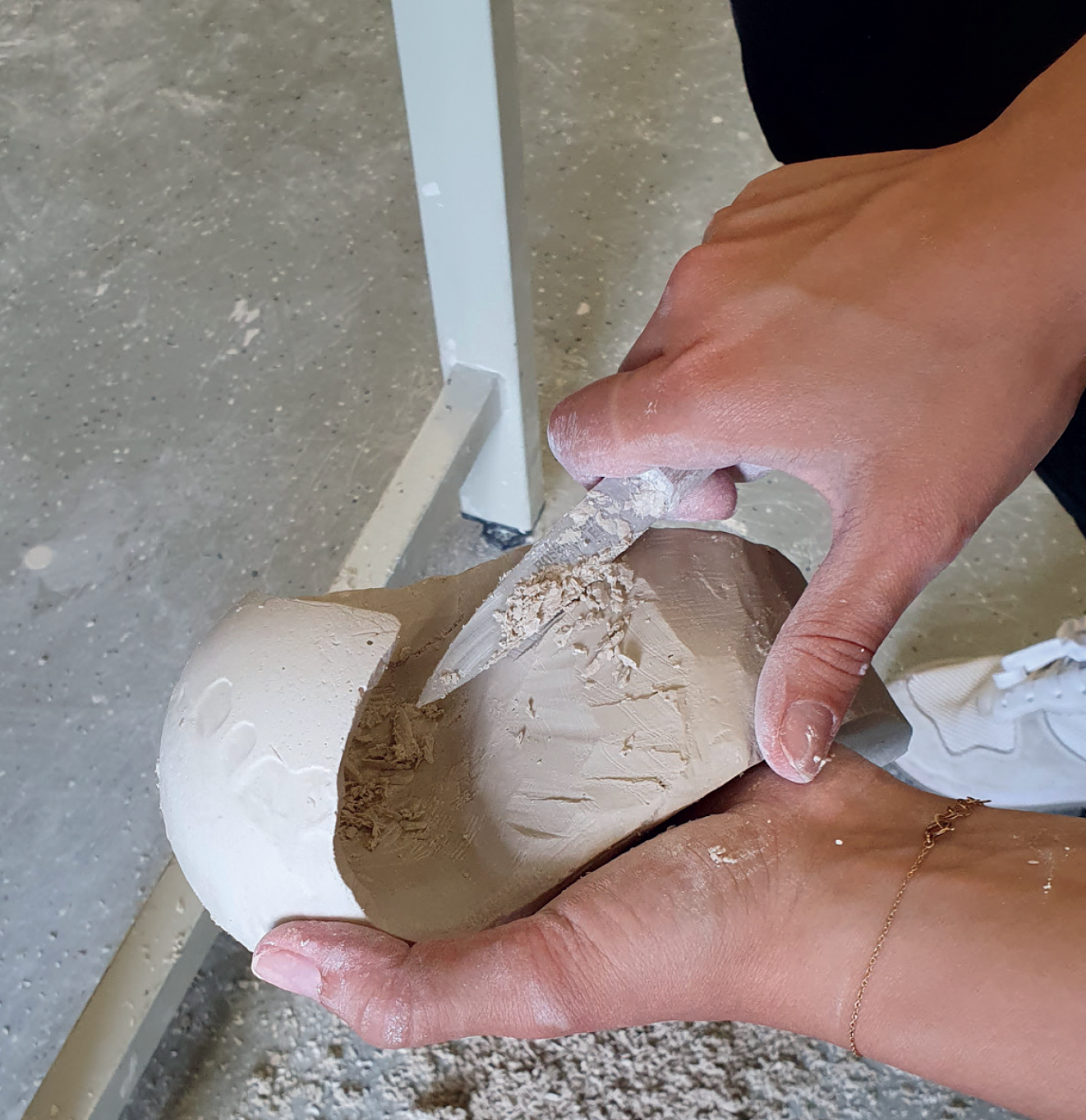

academic year
2 BA
course title
Experimentelle Formbildung
